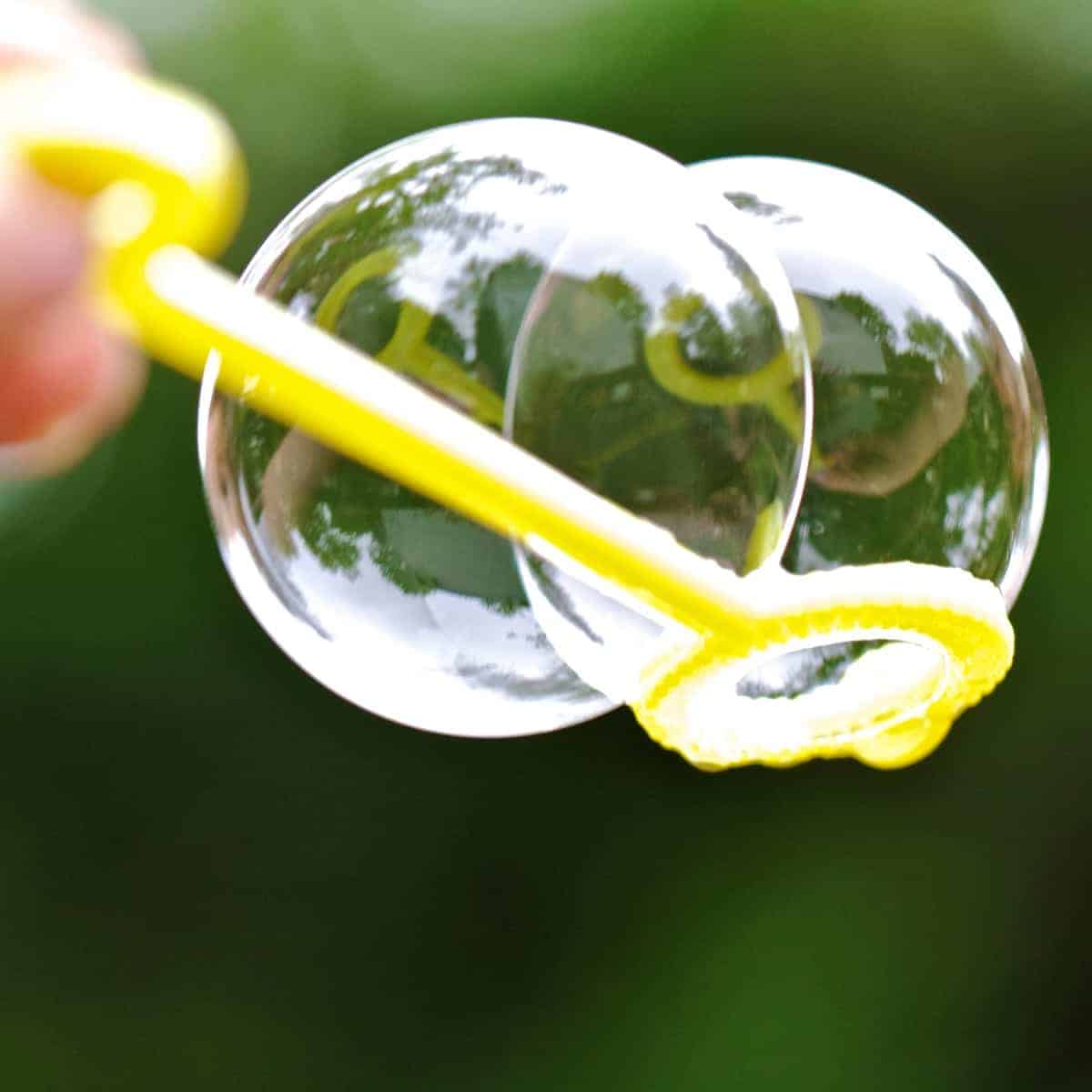
Because the color in these natural dyes is so concentrated, it only takes a small quantity of added color to make your creation while protecting the original taste. Add additional small quantities of milk, monitoring the consistency after each addition, until desired consistency is reached. To Make Colors: After powdered sugar and butter, add ingredients from the table below based on desired color. Have some fun making colorful cake batter using the food dye recipes above.
Feel free to apply these ideas to dye other kinds of frosting, cakes and desserts. Experiment with quantities needed to get to the desired color. Taste frosting as you add color to be sure that the flavors don't overpower the original flavor of your recipe. When trying something new, don't use too much water when cooking the fruits and vegetables to extract color.
Use just enough water to cover the food in the pot. Try boiling for a longer period of time to boil off more water, leaving a more concentrated solution to add to your frosting or cake batter. Juicing the fruits and vegetables will generate a more concentrated color compared to boiling a food to extract color. Save cooking liquid from foods (like beets) when cooking a meal.
Store for when you're ready to bake. Use a cheesecloth to strain liquids. Have some pre-made natural food dye on hand for emergency baking projects. Some stores and farms carry eggs from chickens that lay naturally colored eggs. Besides brown and white, eggs can be shades of cream, yellow, blue, green or even pink in color. Using these eggs would make an easy and natural Easter egg hunt!
If you want to color eggs with your own homemade, natural food dye, first make the base mixture below. Then add the color by cooking spices, fruits or vegetables. Base mixture: Combine 3 cups water, 2 tsp white vinegar and 2 tsp salt and bring to a boil. Color mixture: From the table below, add the food of your choice to the base mixture and simmer according to directions.
Let the solution cool to room temperature before soaking the hard boiled eggs. Soak time: Soak the hard boiled eggs for a couple hours. The longer the eggs are soaked, the deeper the resultant color. It's worth the wait. Natural colors tend to be more subtle than the neon colors in the dye kits. Tools: Use disposable cups or bowls for soaking the eggs since the dyes can stain dishware too.
Wash and save food containers from your recycle bin to use for soaking. I have been successful making my own food dye. I haven't been successful making my own food dye. I have never tried making my own food dye, but I'm excited to try. I may not try making my own, but I will start buying organic dyes instead of artificial dyes. See results Disclaimer: Note that this website portrays my opinion. I want to help others consider a new or different view. Avoiding artificial ingredients is one way to be more healthy.
Making your own natural food coloring can be a fun and rewarding way to celebrate holidays like Easter, birthdays and other special occasions. Natural dyes from food sources add beautiful color and flavor dependent upon on how much is used. Starting with these recipes, you can experiment and find out what works best in your kitchen!
I lived in some "modest" areas (I look back and I am shocked I never had any problems!) People would share all kinds of crazy recipes when they were poor. Have you ever heard of potted meat, Now there's a meaty treat! Hilarious - loved the content, especially the Pruno vid (Had to get rid of the head echo from "I'm on a Boat" lol). No Hannibal the Cannibal recipes, It's the most available meat there is in prison - other inmates! Yes, I know I'm going to hell.
Tags:
How Make Food
